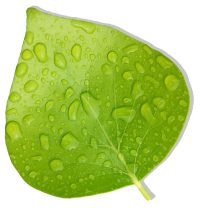
Nitrogen Fixing Plants
Gleaning Precious Nutrients
from the Air
Nitrogen fixing plants play an important role in sustainable gardening.
With nodules on their roots and the presence of beneficial bacteria, they take nitrogen out of the air and store it for use in their own growth, and once they die the roots release nitrogen back into the soil.
Some nitrogen fixing plants such as Alders (Alnus species) are essential pioneer trees. With soft wood, and short lived, they quickly grow to their adulthood then the brittle wood rots quickly once the tree dies, leaving behind nutrients for subsequent plants.
All peas and their leguminous relatives are nitrogen fixing plants.
Some of the most well known for their benefits in improving the soil are alfalfa , mung beans, lupins and many others.
These are often deliberately planted as cover crops to be dug in or to cut for composting.
Other nitrogen fixing plants are clovers; Alsike clover and red clover are two of the best known for this ability.
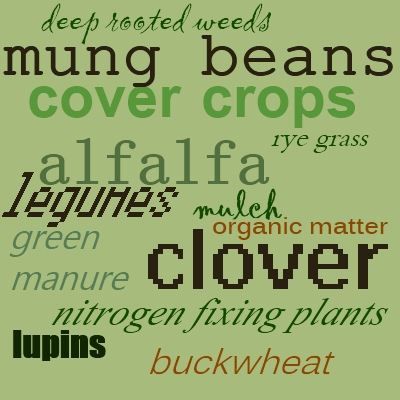
Many leguminous plants also attract beneficial insects, including many pollinators.
The bonus with clover and alfalfa, among other commonly grown cover crops is that the commercial honeybees that visit make the most incredible honey from the long blooming flowers.
Once the plants reach a certain size, they are either dug in to enrich the soil with organic matter, or cut down as fodder for animals (in the case of alfalfa hay) and as many of them are perennials, the top part will grow again, sometimes producing as many as three crops a year.
The green part will compost quickly in the summer compost pile, making it useable to spread in the fall.The roots of leguminous plants release nitrogen in small amounts as the roots die off and are replaced.
If the plant is killed off completely, this can cause a huge flush of nitrogen to be released as the roots decompose.
Make sure you have something there to benefit from it, either a subsequent cover crop such as fall rye, buckwheat or another clover, or a crop of winter peas, or winter vegetables.
Growing Veggies
in your organic garden...
...the benefits are amazing; good nutrition never tasted so delicious;
Don't just let those pests eat them - they're too tasty for that!
Pesticide
and
Chemical Free:
Organic Gardening is becoming the norm - think about what you're putting into the earth, and your body.
What on earth
is
Sustainable Gardening?
Click on the book!
Find out my
10 Best High Nitrogen Natural Fertilizers
Like
O Garden
on Facebook;
Gather on G+
|

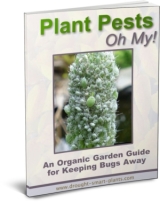
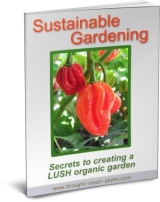
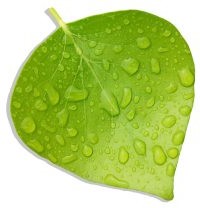
New! Comments
Have your say about what you just read! Leave me a comment in the box below.